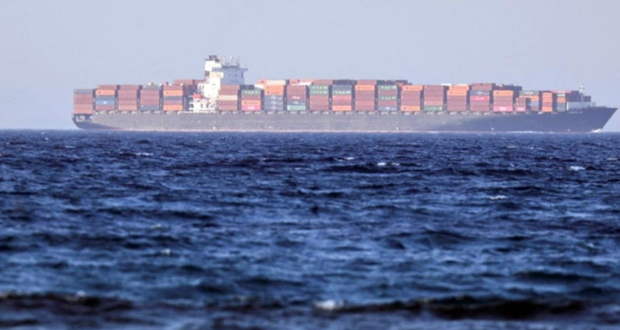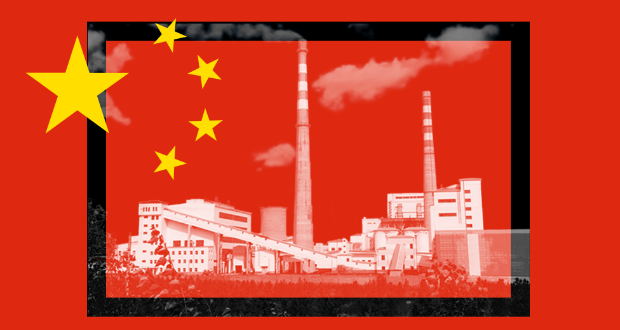The Bab al-Mandab strait, south of the Red Sea, is a critical maritime choke point in the larger East Coast North American maritime corridor (ECNA), which connects Asia with eastern ports of North America through Europe. The ECNA comprises critical maritime chokepoints such as the straits of Malacca, Bab el-Mandeb, and Gibraltar as well as Suez and Panama canals. Close to 58 percent of global trade traverses through this corridor, marking its significance in global maritime trade.
However, with the Israel-Hamas conflict expanding beyond its littoral regions, to the Bab el-Mandeb Strait and the Suez Canal, the Red Sea is added to other maritime chokepoints—Strait of Gibraltar, and Panama Canal—of this essential maritime corridor.
Between December 2023 and March 2024, the Yemeni Houthis, a part of the larger self-declared ‘Axis of Resistance’—comprising Iran, Hamas, Lebanon’s Hezbollah and Iran-backed militias in Syria and Iran—have bombed over 44 ships traversing the Red Sea. Consequently, the United States-led ‘Operation Prosperity Guardian,’ a naval coalition of 20 countries, has augmented the US Combined Taskforce 153 (under the Italian Navy’s command since April 3, 2024) to counter Houthi interference in this critical maritime route.
The ECNA comprises critical maritime chokepoints such as the straits of Malacca, Bab el-Mandeb, and Gibraltar as well as Suez and Panama canals.
Military operations by the US and its allies and the Houthi rebels’ actions have brought down the commercial ships traversing the Red Sea from 50 ships a day in November 2023 to hardly eight ships every day in February 2024, thereby revealing the fragility of maritime supply chains and their geoeconomic weaponisation for applying pressure. This article analyses the impact of the Red Sea Crisis on the global shipping industry and Just in Time (JIT) manufacturing industries. It also delineates the fragility of global supply chains in the wake of the Red Sea crisis.
Prologue to the gathering storm
Traversing the Red Sea is the shortest sea route from Asia to Europe. Close to 15 percent of international shipping traffic, amounting to US$ 1 trillion/year, 33 percent of global container traffic amounting to 1,500 commercial vessels monthly, 10 percent of global oil supply (8.8 million barrels per day) and 8 percent of global gas supply transits the sea. The Red Sea transit channel is also critical for JIT industries such as perishable goods, automobile manufacturing, chemical manufacturing, semiconductors industry and most of all the shipping industry itself. This woe comes when global manufacturing saw a 12 percent uptick in the third quarter of FY23, thereby, already stretching the demand for containers, cargo ships and container vessels.




